In case you missed it: the Mount Alexander Shire is doing a housing and neighbourhood character study for the townships of Castlemaine, Campbells Creek and Chewton.
It’s looking for your input. The date for submissions is Sunday November 6. You can find the details here
The population of the shire is expected to rise from 20,253 to 24,316 by 2041, more than half of them in those three townships.
Obviously there is a tangle of complicated issues here: heritage, environment, social justice, natural hazards in the form of fire and flood, …We believe it’s important not to be intimidated by the apparent complexities, however. There are some things which are worth emphasising.
First: MASC’s Council Plan 2021-5 states as its objective ‘Our community is growing in harmony with nature.’ [FOBIF emphasis] Pressure for more housing can make this objective a hard one to keep, and it’s worth a submission just to underline community support for biodiversity, and a housing policy which works with it, not against it.
Secondly: State planning policy recommends ‘Directing population growth and development to low risk locations’. [FOBIF emphasis] Australia has an unfortunate history of challenging nature to do its worst, as the 2020 Royal Commission pointed out, when it noted, ‘Currently, all states permit homes to be built in bushfire and flood prone areas, and the degree to which planning or building standards act to mitigate risk varies across jurisdictions’. It’s worth putting in a submission urging development to be centred on safe areas not requiring destruction of bushland.
These two themes are linked, of course.
The Shire wants to know what you think: have a go!

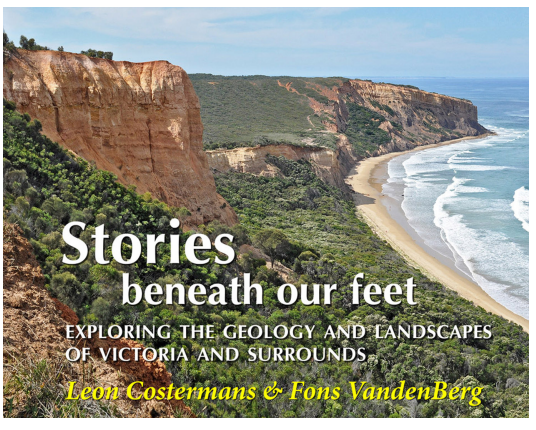
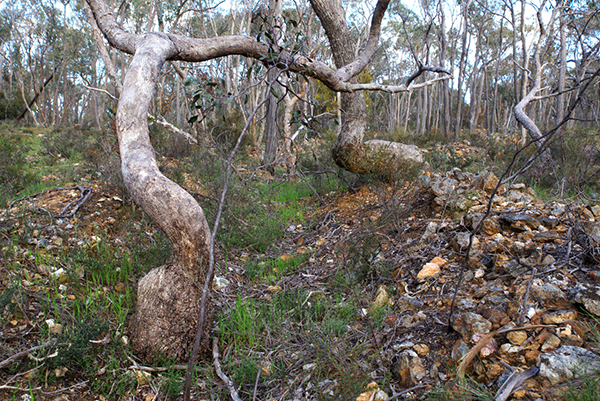
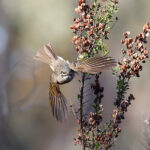
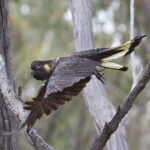
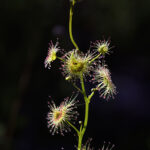
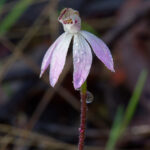

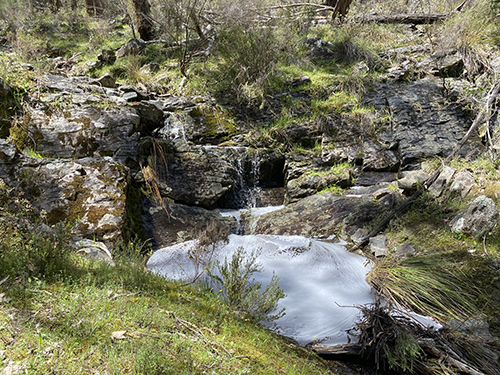
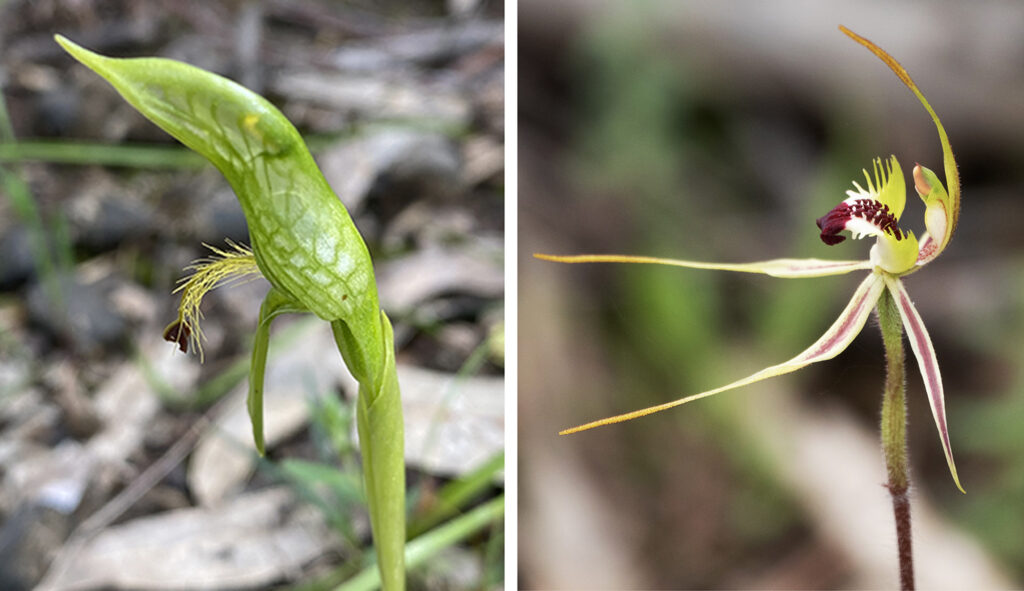
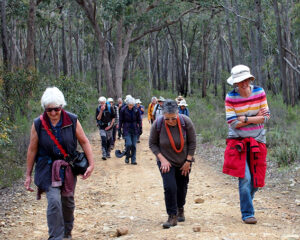
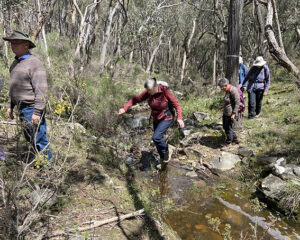
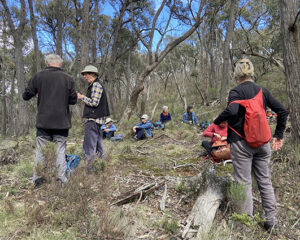
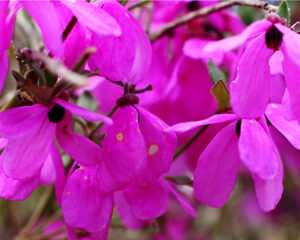
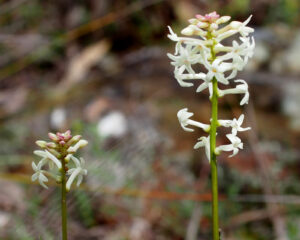
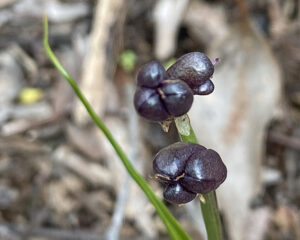
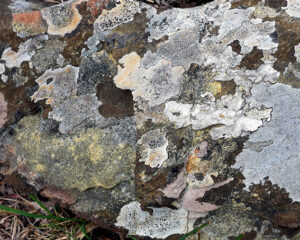
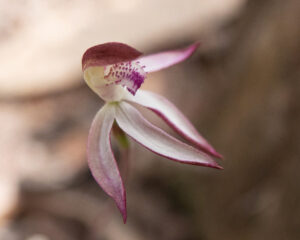
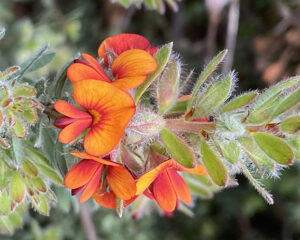

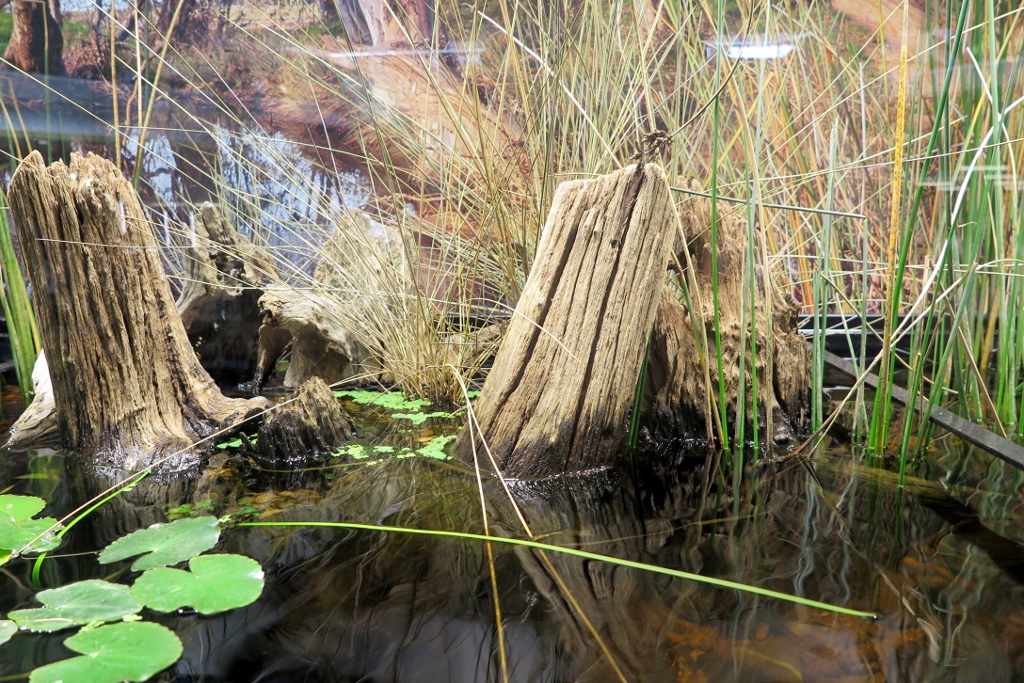



 Click on image for info/order page
Click on image for info/order page Click on image for info/order page
Click on image for info/order page Click on image for info/order page
Click on image for info/order page




















